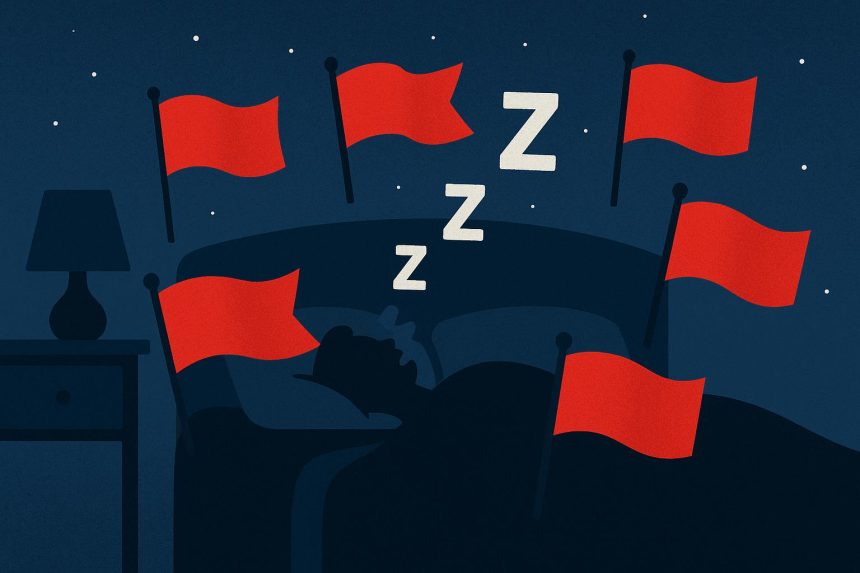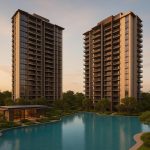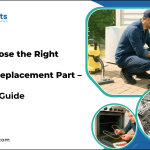Did you know that witnessed breathing interruptions during sleep can strain your cardiovascular system hundreds of times per night? While occasional light snoring rarely indicates serious problems, certain patterns and accompanying symptoms point to obstructive sleep apnea (OSA) or other conditions requiring medical attention. An ENT surgeon can evaluate these symptoms through sleep assessments and imaging studies to determine whether your snoring masks underlying airway obstruction.
OSA differs from simple snoring by causing complete airway blockages multiple times per hour, dropping blood oxygen levels and triggering your brain to briefly wake you for breathing resumption. These micro-awakenings fragment your sleep architecture without your conscious awareness, leading to daytime exhaustion despite spending adequate hours in bed. ENT specialists use polysomnography (sleep studies) and drug-induced sleep endoscopy to visualize exactly where and how your airway collapses during sleep. For patients considering advanced treatment options, consulting the best ENT surgeon in Singapore can provide expert guidance and care tailored to their condition.
Gasping or Choking During Sleep
Witnessed breathing interruptions represent an indicator of OSA rather than benign snoring. Your bed partner may report periods where your snoring suddenly stops, followed by silence, then a gasping or choking sound as breathing resumes. These apnea episodes can occur multiple times per hour in moderate to severe cases.
During these pauses, your oxygen saturation drops while carbon dioxide accumulates, triggering your sympathetic nervous system’s fight-or-flight response. Your heart rate spikes, blood pressure surges, and stress hormones flood your bloodstream – all while you remain asleep. This cardiovascular strain occurs repeatedly throughout the night, increasing your risk for hypertension, arrhythmias, and stroke.
Sleep studies measure your Apnea-Hypopnea Index (AHI), counting complete breathing cessations (apneas) and partial reductions (hypopneas) per hour. An AHI above certain thresholds indicates mild, moderate, or severe OSA. ENT surgeons correlate these numbers with your anatomy through nasopharyngoscopy and CT imaging to identify specific obstruction sites.
Treatment depends on obstruction location and severity. Continuous Positive Airway Pressure (CPAP) remains a standard treatment for moderate-severe OSA, delivering pressurized air through a mask to splint your airway open. For patients unable to tolerate CPAP or with specific anatomical issues, surgical options include uvulopalatopharyngoplasty (UPPP), tongue base reduction, or maxillomandibular advancement.
Morning Headaches and Dry Mouth
Waking with headaches that resolve within 30 minutes often indicates nocturnal oxygen deprivation from sleep-disordered breathing. These tension-type headaches result from carbon dioxide retention causing cerebral vasodilation and increased intracranial pressure. Unlike migraines, OSA headaches typically affect both sides of your head with a pressing quality rather than throbbing pain.
Dry mouth upon waking suggests chronic mouth breathing due to nasal obstruction or jaw positioning issues. Your nasal passages normally humidify incoming air and filter particles, but mouth breathing bypasses these mechanisms. This leads to dried oral mucosa, increased dental decay risk, and throat inflammation that worsens snoring intensity.
ENT evaluation includes anterior rhinoscopy and nasal endoscopy to assess your septum, turbinates, and adenoids for obstruction. Acoustic rhinometry measures nasal airway resistance objectively, while lateral cephalometric X-rays evaluate your jaw position and posterior airway space.
Nasal obstruction treatments range from medical management with intranasal corticosteroids and antihistamines to surgical procedures like septoplasty, turbinate reduction, or endoscopic sinus surgery (FESS). For retrognathia (recessed jaw) causing tongue base obstruction, mandibular advancement devices or orthognathic surgery may provide correction.
⚠️ Important Note
Chronic morning headaches warrant comprehensive evaluation as they may indicate hypertension, sleep apnea, or other conditions requiring different treatment approaches.
Excessive Daytime Fatigue Despite Adequate Sleep
Persistent exhaustion after 7-9 hours in bed suggests your sleep quality suffers from frequent arousals, even if you don’t remember waking. OSA causes micro-arousals that prevent deep sleep stages where physical restoration and memory consolidation occur. Your brain never achieves the continuous sleep cycles necessary for feeling refreshed.
The Epworth Sleepiness Scale quantifies daytime sleepiness by rating your likelihood of dozing in eight situations, from watching TV to stopped in traffic. Scores above 10 indicate excessive sleepiness requiring evaluation. Many patients normalize their fatigue until proper treatment reveals how alert they should actually feel.
Cognitive effects include difficulty concentrating, memory lapses, and decreased reaction times. Work performance declines, driving accident risk increases, and depression risk rises. These consequences often motivate patients to pursue treatment when snoring alone doesn’t concern them.
Drug-induced sleep endoscopy (DISE) performed by ENT surgeons provides dynamic airway visualization under sedation mimicking natural sleep. This reveals multilevel obstruction patterns invisible during awake examination, such as lateral pharyngeal wall collapse, epiglottic retroflexion, or tongue base ptosis. DISE findings directly inform surgical planning.
Blood Pressure Elevation or Heart Rhythm Changes
Untreated OSA causes or worsens hypertension through multiple mechanisms. Intermittent hypoxia triggers oxidative stress and systemic inflammation, damaging blood vessel endothelium. Repeated sympathetic activation increases peripheral vascular resistance. Intrathoracic pressure swings affect cardiac preload and afterload. These factors elevate both nighttime and daytime blood pressure readings.
Resistant hypertension – blood pressure remaining above 140/90 mmHg despite three antihypertensive medications – frequently stems from undiagnosed OSA. Treatment with CPAP typically reduces systolic pressure by 5-10 mmHg and diastolic by 3-5 mmHg, comparable to adding another medication but addressing the root cause.
Atrial fibrillation risk increases with untreated OSA. The combination of hypoxia, inflammation, and pressure changes creates an arrhythmogenic substrate. CPAP therapy improves post-cardioversion atrial fibrillation recurrence rates compared to untreated OSA. Many cardiologists now require sleep studies before attempting rhythm control procedures.
Collaboration between ENT surgeons and cardiologists optimizes outcomes for patients with cardiovascular complications. Surgical airway improvements may enable better CPAP tolerance or provide standalone treatment for mild-moderate OSA. Upper airway stimulation devices like hypoglossal nerve stimulators offer alternatives for CPAP-intolerant patients with moderate-severe disease.
Nocturia and Acid Reflux
Waking multiple times nightly to urinate (nocturia) commonly accompanies OSA through hormonal mechanisms. Negative intrathoracic pressure from breathing against a closed airway stretches the heart’s atria, triggering atrial natriuretic peptide release. This hormone increases kidney sodium and water excretion, filling your bladder faster than normal during sleep.
Gastroesophageal reflux disease (GERD) is more common in OSA patients. Negative intrathoracic pressure during apnea events creates a vacuum effect, pulling stomach acid past the lower esophageal sphincter. This acid exposure irritates your throat tissues, worsening inflammation and snoring severity while causing morning sore throat and voice changes.
ENT examination includes flexible laryngoscopy to visualize posterior laryngitis, vocal cord edema, and other reflux-related changes. The Reflux Symptom Index questionnaire screens for laryngopharyngeal reflux, which differs from typical heartburn by affecting your throat and voice without chest burning.
Managing these associated conditions requires addressing the underlying OSA. CPAP therapy reduces nocturia episodes by preventing the pressure changes triggering hormone release. Reflux improves through restored normal intrathoracic pressure dynamics and potential weight loss from better sleep quality. Some patients require concurrent proton pump inhibitors and lifestyle modifications.
Next Steps
Untreated sleep apnea significantly increases cardiovascular disease risk through nightly episodes of oxygen deprivation and blood pressure surges. Schedule polysomnography if you experience witnessed apneas or morning headaches. Document symptom patterns before consultation. Optimize sleep position and nasal breathing while awaiting evaluation.
If you are experiencing witnessed breathing pauses, excessive daytime sleepiness, or morning headaches alongside snoring, schedule an evaluation with our ENT specialist for comprehensive sleep breathing assessment and treatment options.
Lynn Martelli is an editor at Readability. She received her MFA in Creative Writing from Antioch University and has worked as an editor for over 10 years. Lynn has edited a wide variety of books, including fiction, non-fiction, memoirs, and more. In her free time, Lynn enjoys reading, writing, and spending time with her family and friends.















